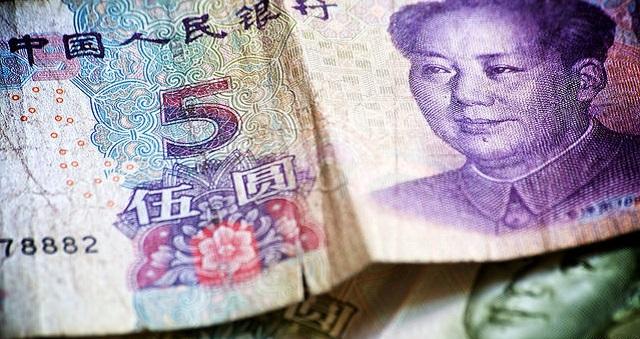If you thought the Australian budget was a difficult beast to wrangle, you won’t envy the Chinese government’s predicament.
Deutsche Bank predicted earlier this year that Chinese central government revenue will grow by a mere 1% in 2015—the lowest rate since 1981. Local government revenue is also forecast to fall by 2%—the first contraction since 1994.
Figures released by China’s Ministry of Finance for January to May 2015 show income rising 5% across all levels of government compared to 2014. However, if revenue from government ‘funds’ is considered, which is largely based on revenue from land sales, then total income fell nearly 6% compared to the same period in 2014.
Chinese Premier Li Keqiang’s announcement in March of a 2.3% fiscal deficit target for 2015—a target increased in early May to 2.7%—might not sound particularly worrying, but this number hides a worsening situation. The Chinese central government raises just under half of the country’s government revenue, but the provinces spend 85% of it.
Not a single province reported a budget surplus in 2014 despite Chinese law until recently ostensibly forbidding local governments from borrowing money. Local governments use creative financial arrangements to hide revenue shortfalls, making it difficult to determine the extent of their debts. However, Wei Yao from Societe Generale estimated earlier this year that local government could have debts of nearly US$5 trillion. This would put China’s local government debts at nearly 50% of GDP.
This is all in the context of the Chinese government having increasing demands on expenditure going forward. The population is ageing, health and social welfare costs are rising, and modernising the Chinese military and funding China’s foreign policy is not cheap. More fiscal stimulus to counter falling growth rates appears to be in the offing.
One way to counter this bleak picture would be to raise revenue brought in by income taxes.
Individual income tax makes up only 5% of government revenue according to the National Bureau of Statistics of China in their 2014 China Statistical Yearbook. That 5% compares to an average among OECD countries of 25% in 2012, rising as high as nearly 40% for both the US and Australia.
The Chinese government does indirectly tax citizens by artificially keeping interest rates low and savings rates high. This effectively uses the Chinese people’s savings to subsidise state-owned banks and help fund state-owned enterprises and local governments. However, this policy, known as ‘financial repression’, is being reversed as the Chinese government tries to encourage consumer spending and reform the financial sector.
In the meantime, China has a lot of room to increase income tax revenue, with the China Daily reporting in March this year that only 2% of the Chinese population even pays income tax.
Increasing income tax isn’t easy, though. It was the Qing Dynasty in 1911 that first attempted to introduce personal income tax in China. The dynasty collapsed later that year.
Indeed, history provides numerous examples of citizens demanding reform from high-taxing governments. From English barons in the 13th century and the bourgeoisie that brought revolution to France, to the citizens of the Thirteen Colonies in America, taxpayers demand accountable government.
If Chinese government expenditure continues to rise and revenue continues to stall, raising income taxes looks increasingly necessary. However, the slogan ‘no taxation without representation’—which originated just before the outbreak of the American Revolution—has had particular historical resonance.
Representation, however, doesn’t just mean Western democracy, or that we’ll see Communist Party members part with their heads like Marie Antoinette. That said, historical precedence suggests that if China wants to make its citizens pay more for their government, its citizens will want more say in governance.
Prime Minister Tony Abbott’s praise of Chinese President Xi Jinping last November for his commitment to transforming China into a ‘democracy’ brought an awkward end to President Xi’s Australian visit. The Chinese Communist Party, it turns out, has a different understanding of the word ‘democracy’ than Australian ideas of liberal democratic governance.
Despite this, President Xi’s statement before the Australian parliament that China aims to become ‘democratic’ is telling of his appreciation of the need for more representative governance. However, when President Xi speaks of a ‘democratic’ Chinese state he isn’t speaking to the West, but to the Chinese citizens he knows will have to pay for it.
